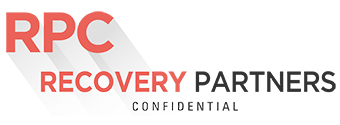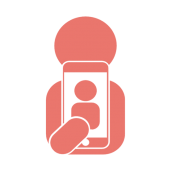If you are struggling with bills and juggling obligations, you may have reached a point where you are unable to pay your debts as they come due. Therefore, you may actually be Insolvent. If you think your home might be at risk, or your means of earning a living might be compromised, you need to know for certain whether you are solvent or not.
For now, just take a quick Insolvency Selfie here:
SELFIE INSOLVENCY CHECK
If you cannot see yourself recovering from this financial distress on your own, there are now formal debt solutions available to assist and protect your family home and earning potential. What is best or right for you will depend principally on
- The full value of what you owe
- The class of these debts, i.e. are they secured or unsecured, or both
- Your income
By the way, this is calculated to be nett of your Allowable Living Expenses after family & lifestyle circumstances are applied.
RLE CALCULATOR
- Your assets, fixed or other, ie Property, Art, Cars etc
- Your potential to return to financial health
- Your trade or profession
What you have just read is not exhaustive; you may also be a suitable candidate for an Informal Arrangement. This is where you come to a renegotiated agreement with some or all of your Creditors. It may be a full restructuring of all your borrowings, or it might just be a revised repayment plan with your Mortgage lender. The most important thing to know is that in my experience, both as a Financial Controller and now as an Insolvency Practitioner, that this, the informal agreement, is usually the first intention of any approach to a Creditor.
Debt Solutions In a mouthful
| Debt Relief Notice (DRN) | Debt Settlement Arrangement (DSA) | Personal Insolvency Arrangement (PIA) | Bankruptcy |
|---|---|---|---|
| You may apply for a DRN if you have: • debts below €35,000, • a low income, and • few assets. |
A DSA is only for unsecured debts. These include credit card loans, personal loans and store cards. |
A PIA can include both secured debts (such as mortgages) and unsecured debts (such as credit card and personal loans). |
Bankruptcy is a High Court process that deals with unsecured debt (such as personal loans, credit card and business loans) and secured debt (such as mortgages). |
|
Your DRN can include some secured debts and unsecured debts (such as credit card loans, utility bills, store cards and personal loans). |
A DSA will normally last up to 5 years (or 6 years in some cases). During this time the unsecured creditors named in your DSA cannot take any legal or debt collection action against you. |
A PIA will normally last up to 6 years (but can be 7 years in some cases). During this time the creditors named in your PIA cannot take any legal or debt collection action against you. |
Most forms of unsecured debt are written off in bankruptcy |
|
Your DRN will normally last for 3 years. After this, the money you owe to the creditors named in your DRN will be cleared as long as you meet all conditions in your DRN. |
A DSA allows you to pay off as much of your unsecured debt as you can, with the outstanding balance after 5 years (or 6 years in some cases), written off. |
A PIA allows you to settle and/or restructure your debts over a period 6 years (but can be 7 years in some cases). |
When you are made bankrupt, the ownership of your assets transfers to the Official Assignee. |
|
During this time the unsecured creditors named in your DRN cannot take any legal or debt collection action against you. |
You must engage a Personal Insolvency Practitioner (PIP) |
You must engage a Personal Insolvency Practitioner (PIP) |
You may not necessarily lose your home. You may be able to agree a schedule of mortgage payments with the bank and the Official Assignee to enable you to stay in your home and pay off your mortgage. |
|
DRN : in small steps |
DSA : in small steps |
PIA : in small steps |
Bankruptcy will normally last for 12 months. |
| You can only have one DRN in your lifetime. | You can only have one DSA in your lifetime. | You can only have one PIA in your lifetime. |
Your name will appear and remain on the bankruptcy Register kept in the Office of the Examiner of the High Court and is openly available. |


